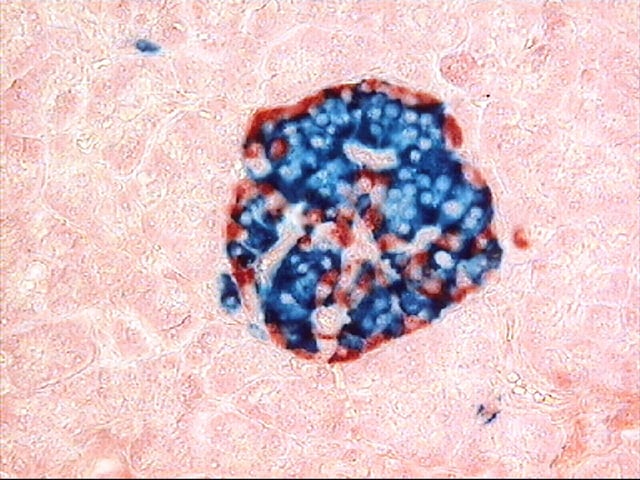Overview
- Scientists used an extrusion-based 3D printing method with a bioink of alginate and decellularized pancreatic matrix to fabricate dense human islet constructs.
- In laboratory experiments, the bioprinted islets maintained over 90% viability and released more insulin in response to glucose than free islets over three weeks.
- The gentle printing parameters – 30 kPa pressure and 20 mm per minute speed – preserved islet morphology and function.
- Designed for subcutaneous placement, the porous bioprinted structures aim to simplify implantation compared with traditional liver infusion.
- Preclinical animal testing is underway and researchers are developing cryopreservation and alternative stem-cell and porcine islet sources to overcome donor shortages.

